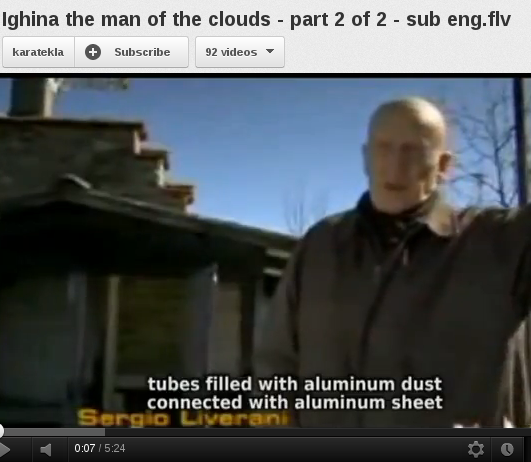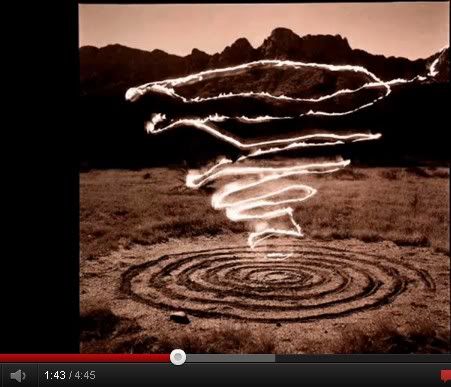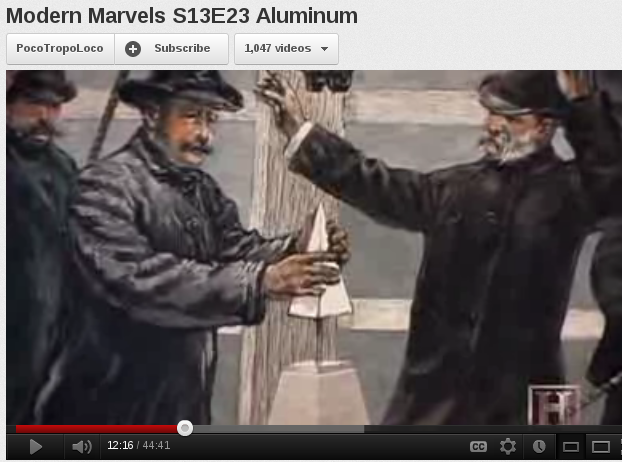Here is an update on the power of the chili powder cell 16 days old, no water was added after it was created
Allwest power cell # 6 - YouTube
The products are listed in the video, I meant to say in the video that the dry-out product was supposed to keep it moist, not dry, although it does not seam to be wet
Fausto,
On the open cells that I have created, the dry-out keeps the cells damp with never adding water, may save you some time, it also seams to add more power, just a thought to try
br0ns0n77,
Here is a quick easy and cheap LED light -low voltage setup with switch, I was around $1.29
Best of luck to all
Allwest power cell # 6 - YouTube
The products are listed in the video, I meant to say in the video that the dry-out product was supposed to keep it moist, not dry, although it does not seam to be wet
Fausto,
On the open cells that I have created, the dry-out keeps the cells damp with never adding water, may save you some time, it also seams to add more power, just a thought to try
br0ns0n77,
Here is a quick easy and cheap LED light -low voltage setup with switch, I was around $1.29
Best of luck to all


 ...if i may suggest also testing with
...if i may suggest also testing with 





Comment